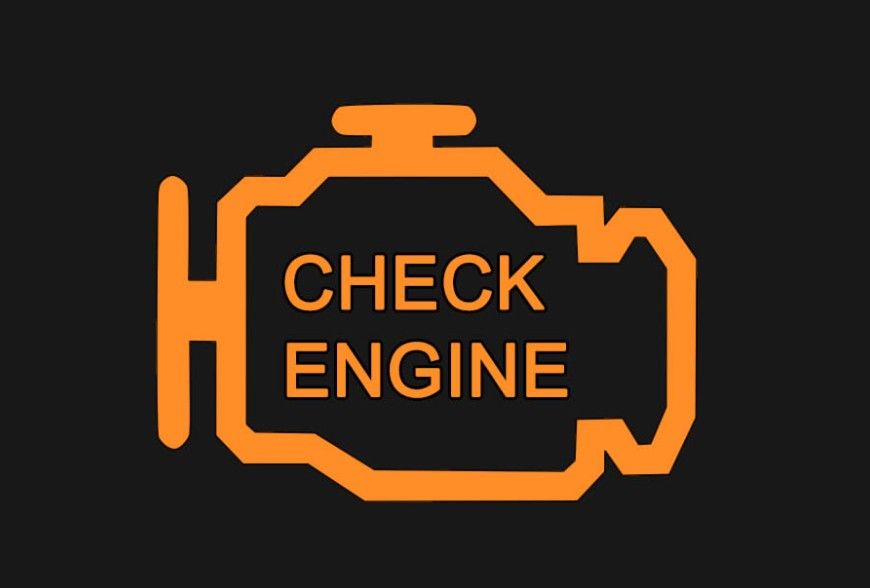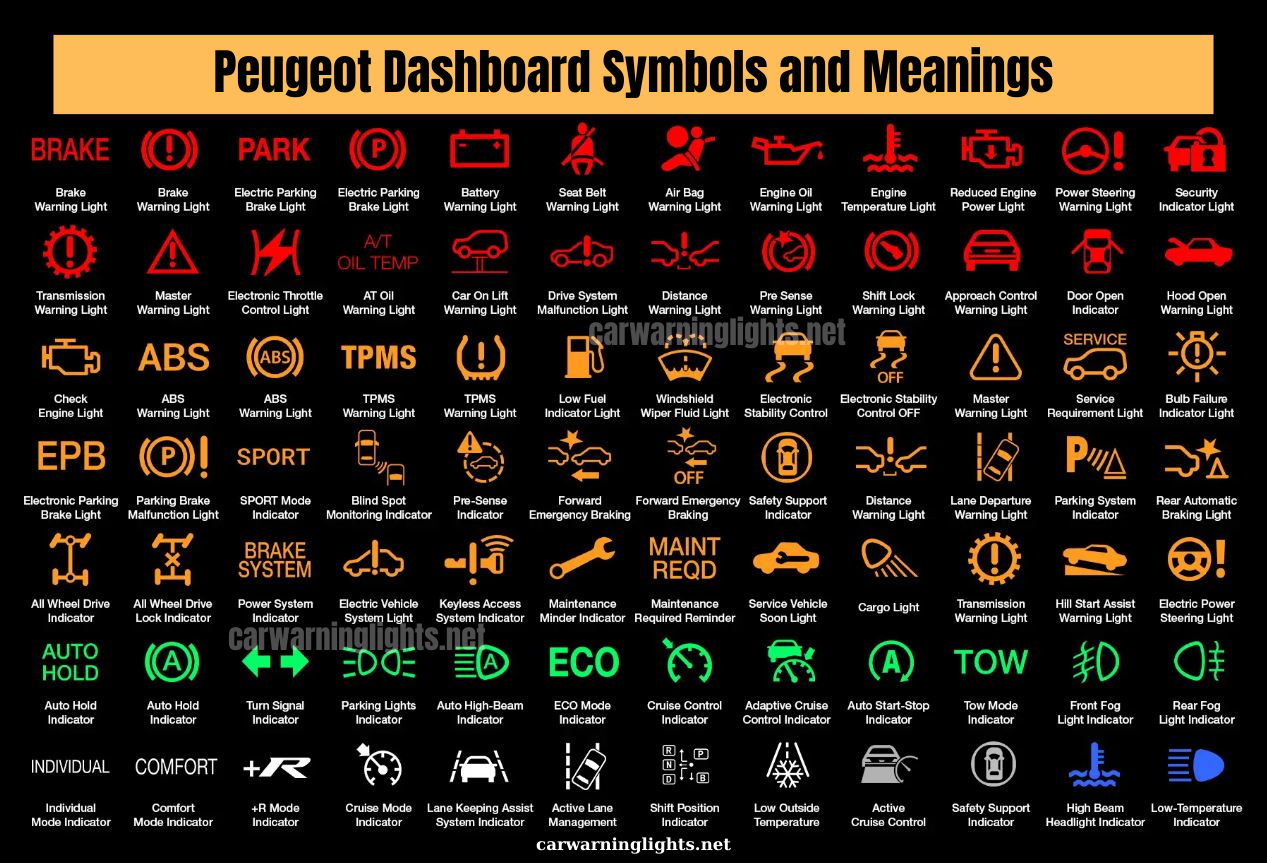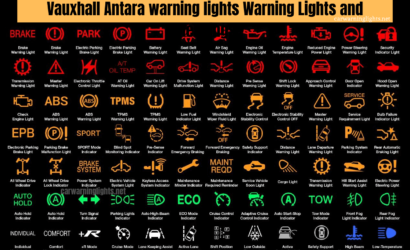In this content, we will answer the question “Honda Odyssey Check Engine Light Flashing, what should I do?” in detail. An engine check engine light, commonly known as an engine fault light or malfunction indicator light (MIL), is a signal from the vehicle’s engine computer that something is wrong.
An check engine light can be a minor problem, such as a faulty gas cap, or it can mean a more serious problem, such as a misfiring engine. In most cases, this means you will visit the garage to repair the problem and turn off the engine fault light.
So how do you know if you have an emergency? You can tell how serious the problem is by looking at the Honda Odyssey check engine warning light.

Honda Odyssey Check Engine Light color meanings
The check engine light, which appears with the engine symbol on the instrument panel of your car, may light up in different colors depending on the severity of the problem. In some cases, the check engine light may also flash continuously.

The check engine light is amber: Indicates a less urgent problem. An amber engine fault lamp indicates that there is a problem with your vehicle’s engine, but you can continue driving, but you should get it serviced as soon as possible.
The check engine light is flashing (amber): Indicates a serious problem that requires immediate attention. When the engine fault lamp flashes, it indicates that there is a fault in your vehicle’s engine that requires immediate attention and you should not continue driving. If the check engine light starts flashing, you should immediately pull over, turn off the engine and contact the service center.
If your check engine light is flashing, you can take a look at our content below.
The check engine light is red: Indicates a serious problem that requires immediate attention. If you see the red engine fault lamp icon on your vehicle’s instrument panel, you must stop your vehicle safely and contact your service center. Driving your vehicle in this condition can cause very serious malfunctions.
As a result, whether it is a solid or flashing engine fault light, you should always have your vehicle diagnosed and repaired.
What to do when the Check Engine Light comes on?
If your check engine light suddenly comes on while you are driving! Here are some tips:
Stay calm and pay attention to how the car feels. For example, note whether the engine feels weak or slow and whether you hear any strange noises. Sometimes your car instantly goes into a “relaxation mode” where the module turns off some small accessories and restricts your speed. This way the engine produces less power and helps prevent further damage.
Drive slowly and get directions to the nearest service center or auto repair specialist. Also, keep an eye on your dashboard gauges to check if you are running out of fuel or overheating.
If you have a flashing check engine light or a red engine fault light, try to find a safe place to stop. Take your time to avoid adding stress to the engine. Turn off the engine after parking your vehicle. Schedule a service immediately or, better yet, find a mobile mechanic to come to your aid.
Knowing what to do when the check engine light comes on can save you from expensive repairs.
Why Does the Honda Odyssey Check Engine Light Come On?
Your check engine light can come on for a variety of reasons, from bad spark plug wires and a broken gas cap to a faulty oxygen sensor. That’s why you’ll need an auto repair specialist to diagnose your car correctly.
Let’s take a closer look at the common causes of your Honda Odyssey check engine light coming on.
1. Mass air flow sensor
The mass air flow sensor measures the amount of oxygen coming into the engine. Too little and the engine will run poorly. For example, it may idle rough or not accelerate smoothly. Emissions will also be affected, although it may not be very noticeable. Reduced air flow to the engine can be caused by a clogged air filter, a component that should be replaced every few years.
2. Defective oxygen sensor
The oxygen sensor measures the amount of oxygen coming into the engine, while the oxygen sensors (modern cars have at least two) measure the amount leaving it through the exhaust system. The sensor reports any abnormal deviation to the engine control unit, which triggers the warning light.
3. Defective exhaust gas recirculation valve (EGR)
This device is critical to keeping your engine running clean. It directs up to 15 percent of the exhaust gas back to the engine where it is burned. It can become clogged with carbon deposits and stick open or closed. You may feel this as a rough idle and misfire or hard starting. A sensor will detect a problem and alert the engine’s ECU, causing the fault light to come on.
4. Leaky vacuum hose
Vacuum hoses direct air and emissions around the engine, keeping it running efficiently. They are exposed to extreme temperatures and, being rubber, can deteriorate and crack, upsetting the delicate balance of gases. This change is detected by sensors that report to the ECU, which triggers the engine warning light.
5. Faulty ignition system
It is the system in the engine responsible for ensuring that fuel and air are ignited correctly. In a gasoline engine, there may be a problem with the system that decides when to release the spark that ignites the fuel, or with the component that generates the electrical power (called the coil) that does this.
When this happens, you can feel the engine misfire, which is risky because not only can the vehicle’s performance suffer, but systems such as the catalytic converter can also be damaged. In addition, problems such as old spark plug wires and a faulty spark plug can trigger the engine light. A faulty spark plug will prevent your engine from starting or cause it to suddenly shut down. If left unattended, the engine may misfire.
6. Clogged fuel injectors
The job of fuel injectors is to inject fuel into the engine. There is one per cylinder and the exact point at which they inject the fuel is determined by the ECU. The problem is that they can become clogged by particles passing through the fuel filter, they can break down or malfunction due to problems elsewhere in the system, for example. This disrupts the whole operation of the engine and you feel it as a misfire or a sharp drop in performance and see it as a warning light.
7. Fuel pump clogged
The fuel pump delivers fuel to the injectors under very high pressure. Any problem with this will disrupt the system and cause the engine to run poorly. The engine warning light will come on and the engine itself may even go into emergency mode.
8. Contaminated catalytic converter
The catalytic converter is responsible for cleaning up the car’s exhaust emissions, but it can itself be damaged by the ignition of unburned fuel inside. You may not notice any change in the car’s performance, but as it is an expensive piece of equipment, you should get it repaired as soon as possible. Any problem with the catalytic converter will cause the engine fault light to be recognized.
9. Sooty particulate filter
The particulate filter, usually associated with diesel engines but now also used in gasoline cars, captures soot that forms when fuel and air burn in the engine. If the filter becomes clogged, the ECU will trigger the particulate filter engine warning light.
10. Loose fuel filler cap
A loose fuel cap will allow more air into the engine timing, which will invalidate the reading from the sensor monitoring the tank pressure. The ECU acts on this reading by triggering the engine warning light. This is the simplest fault to correct. Close the fuel cap and start your vehicle.
How to Diagnose Engine Check Engine Light?
When the check engine light comes on, your car’s computer stores the corresponding diagnostic trouble code (DTC) in its memory. It can be difficult to understand what the check engine light means, so it’s best to take your car to a service center.
Your mechanic will connect your car to an OBD scanning device to find out the fault code. To troubleshoot the problem, they will use the engine codes as a starting point and run additional diagnostic tests to determine the problem.
For example, trouble code P0300 indicates that the engine is misfiring on more than one cylinder. Your mechanic will need to perform further inspections to verify and correct the codes. Typical causes of such codes are faulty spark plug wires, faulty Oxygen sensor, faulty mass air flow sensor or faulty catalytic converter. After checking these parts, he will be able to diagnose the fault. When the problem is solved, the check engine light will automatically turn off.
Now that you know how a mechanic diagnoses a lit engine light, it’s time to answer some Frequently Asked Questions (FAQs)!
Frequently Asked Questions About Honda Odyssey Check Engine Light
Here are some frequently asked questions about the engine fault light.
1. Is it safe to drive with the engine fault light on?
The safest answer is NO.
You cannot determine what caused the engine light to activate. Therefore, it is better not to drive with the light on. If you really need to drive, keep the following car care tips in mind:
- Drive slowly
- Do not carry or pull heavy loads
- Get service as soon as possible.
2. Can Low Oil Cause the Check Engine Light to Come On?
Low oil is a serious problem, but it won’t trigger your check engine light first. Instead, it will activate the oil light. in some cases, both can come on together.
To avoid this situation;
- Check your engine oil level, especially before going on long journeys.
- Remember to change the engine oil on time.
If you have any questions about this content titled Why does the Honda Odyssey check engine light come on, you can ask us in the comments section. We will be happy to answer.



